Genre: eLearning | Language: English + srt | Duration: 48 lectures (4h 48m) | Size: 4.00 GB
with webXR, mindAR, three.js and tensorflow.js
What you’ll learn:
Gain hands-on experiences on building different types of Web AR applications including Image Effects, Face Effects and World Effects
Acquire basic understandings on how AR works in web browsers
Master using WebXR, mind-ar-js and threejs for building web AR applications
Learn integrating AR with machine learning models using tensorflowjs to build highly interactive experiences
Get to know other important web AR libraries, including AFRAME, model-viewer and commercial SDKs
Learn using effective debugging, simulating and mocking tools to speed up development
Develop a comprehensive understanding on all web AR technologies, now and near future, and know when to use what
Build and publish an online AR portfolio for yourself
Requirements
Basic knowledge in HTML, javascript and CSS
Own an Android or iOS device
Description
Introduction
This is the most comprehensive guide to developing web based augmented reality applications. Web AR stands out from others in that it’s cross platform and requires no app installation. They are just regular web pages run on regular web browsers.
What will you learn
In this course, you will learn how to use MindAR opensource library for building Image AR effects and Face AR effects. MindAR is a successor of AR.js, which is the most popular free-to-use AR library on the world.
Besides, you will learn how to use WebXR api for building world AR effects. WebXR is a native browser api for developing immersive AR and VR effects on browsers.
You will also learn how to integrate tensorflow.js machine learning models into AR applications, to create highly interactive and interesting effects. For example, using hand gestures or facial expressions to control AR contents.
You will also kickstart the journey of mastering the most popular 3D rendering framework called three.js.
Other important web AR technologies will also be covered, including AFRAME, model-viewer and commercial AR SDKs.
Besides practical development skills, you will also learn theoretical knowledge on how AR works on a browser environment.
Course Structure
The course material is carefully designed. Each lecture is highly modular to deliver a single concept, which allows you to look up any references easily in the future. All the sample source code is concise and well explained.
Assignments
Besides lectures, you will have to finish 3 practical assignments in total, one for each type of tracking effects. One of the assignment is for you to create and deploy a real online AR portfolio for yourself, which you can show other people.
Development Tips
Useful development tips will be covered, including remote debugging tools and webcam mocking technique.
Who this course is for
Web developers
AR Enthusiasts
WebXR, MindAR or threeJS enthusiasts

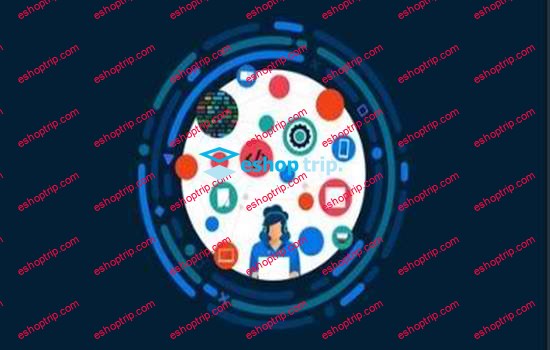

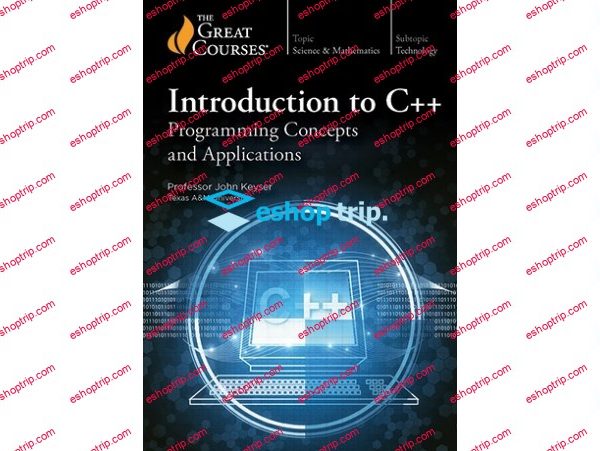


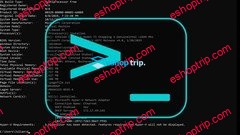
Reviews
There are no reviews yet.